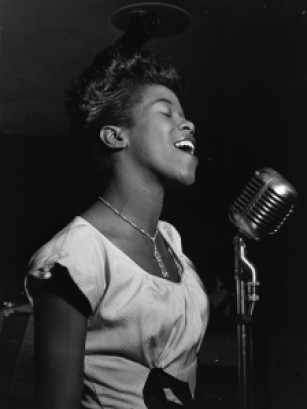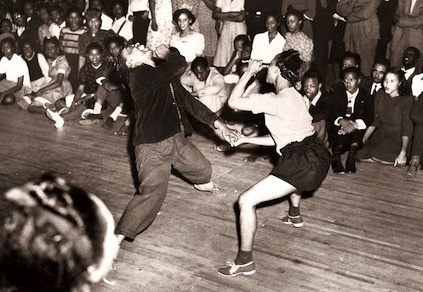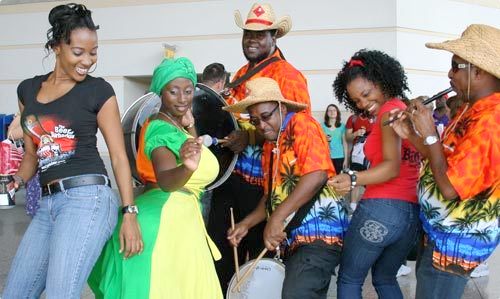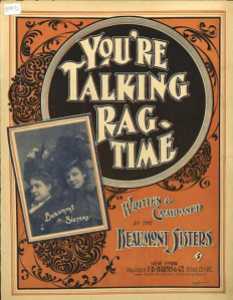
The Afro-Cuban music and dance genre rumba has historically been considered una cosa de negros (a black thing) and reviled due to racialized stereotypes that link the practice with el bajo mundo (the low life), excessive alcohol use, and violence. Nevertheless, the socialist government has sought to elevate rumba’s status during the past half century as part of a larger goal of foregrounding and valorizing the African contributions to Cuban identity and culture.
Rumba is the most significant and popular black-identified tradition in Cuba; in addition to its association with blackness, it is often portrayed as a particularly potent symbol of the masses and working-class identity, another reason why the government has aimed to harness rumba to its cultural nationalist discourse.
Despite the discursive valorization of the practice found in much Cuban scholarship and political rhetoric, rumba continues to be identified with a particular and marginalized sector of the population. In many ways, the complex situation of rumba performance conforms to the more general trend of contemporary racial politics on the island.
This according to “National symbol or ‘a black thing’? Rumba and racial politics in Cuba in the era of cultural tourism” by Rebecca Bodenheimer (Black music research journal XXXIII/2 [fall 2013] pp. 177–205). This issue of Black music research journal, along with many others, is covered in our new RILM Abstracts of Music Literature with Full Text collection.
Above and below, street performances of rumba.











